Succulents are all the rage, and for good reason. They are beautiful, interesting, and in most cases easy to care for. They are often used as decor both indoors and out, yet that doesn’t mean that they ARE decor (ie: meant to be set on a fireplace mantle to collect dust). Succulents are living plants that require some care to survive and thrive, and while caring for them is not complex, knowing the basics will help you have the healthiest plants around. Oh, and it’s fun to play with succulents. You can create all sorts of weird and wonderful planters – so much so that everything you see will begin to take shape as a place to plant. If you are new to gardening or consider yourself a brown thumb, I hope that succulents are your gateway to digging into a little garden therapy!

What is a Succulent?
Succulents are a general name for any plant that has a swollen part that can hold excess water. This could occur in the leaves, stem, or even roots. Most commonly, people refer to succulents as plants with fleshy leaves, typically identified as types of Sedum, Sempervivium, Echeveria, Aeonium, and Crassula. Understanding that the word ‘succulents’ doesn’t refer to a type of plant, but instead describes its characteristics, will help when understanding how to care for them.
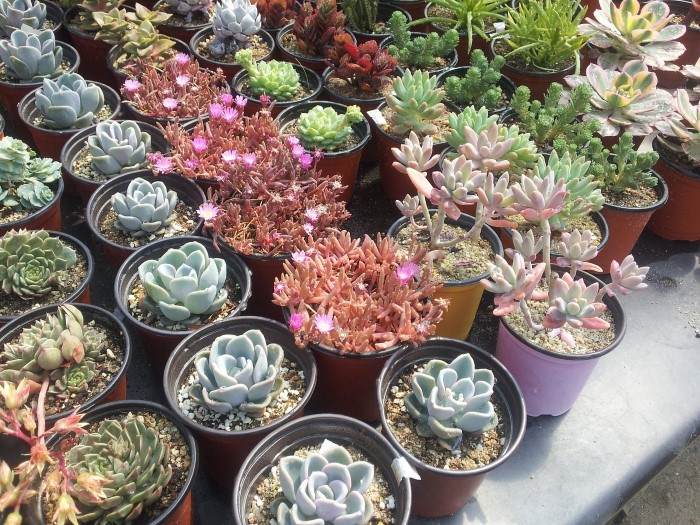
Choosing Succulents
As most of the plants commonly referred to as succulents are different families, the care instructions will differ for them. The best way to learn what they need to thrive is to read the tag that comes in the plant. I have often seen succulents sold at shops that don’t specialize in plants (like furniture or grocery stores). These will usually not have proper labels so you may not even know the name or care instructions for that plant. In general, I buy my plants from reputable sources (garden centers, florists, farmer’s markets) as they will carry the healthiest selections. I have been known to pick up some scraggly, uncared for, unhealthy plants at various shops when they are on sale so I can quickly and inexpensively increase my supply. In general though, look for:
- Healthy-looking leaves with no odd discoloration, spots, or tears.
- Plants that look “full” with leaves that start at the base of the plant and are closely spaced, particularly in Sempervivium and Echeveria that have a rosette-shaped pattern to the leaves.
- No pests on the leaves…
- …or soil. Yes, pull the plant gently out of the pot and inspect the soil. Look for signs of pests, disease, or tightly-wound roots that indicate that the plant is root-bound.
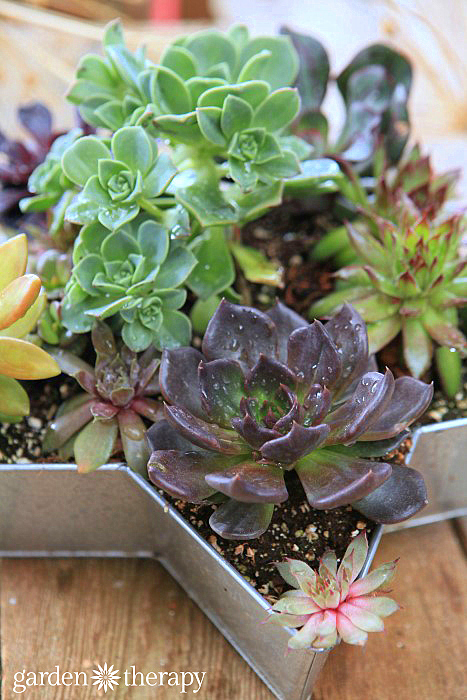
Watering
Just because these plants are drought-tolerant doesn’t mean that they don’t need water. It simply means that they will be able to tolerate longer periods of drought. With regular watering and proper conditions, succulents can be low maintenance and last for years.
When you first plant succulents, water them until the soil is damp. Then, allow the soil to dry out before watering again. There is a big difference between soil drying out and drying up. Allowing the soil to feel dry to the touch is good practice, but if it has shrunk from the sides and become hard, you’ve waited too long. Rehydrate soil that has dried up by soaking the pot in a sink or tray with an inch of water for a few hours until the soil rehydrates.
Sunlight
Set succulents out in the sun for the best results. Again, keep in mind that all succulents do not come from the same family and some may require more or less sun than others. Plants that aren’t getting enough sun will get leggy (read: grow tall to reach for the sun). Plants that are getting too much sun will get scorched leaves.
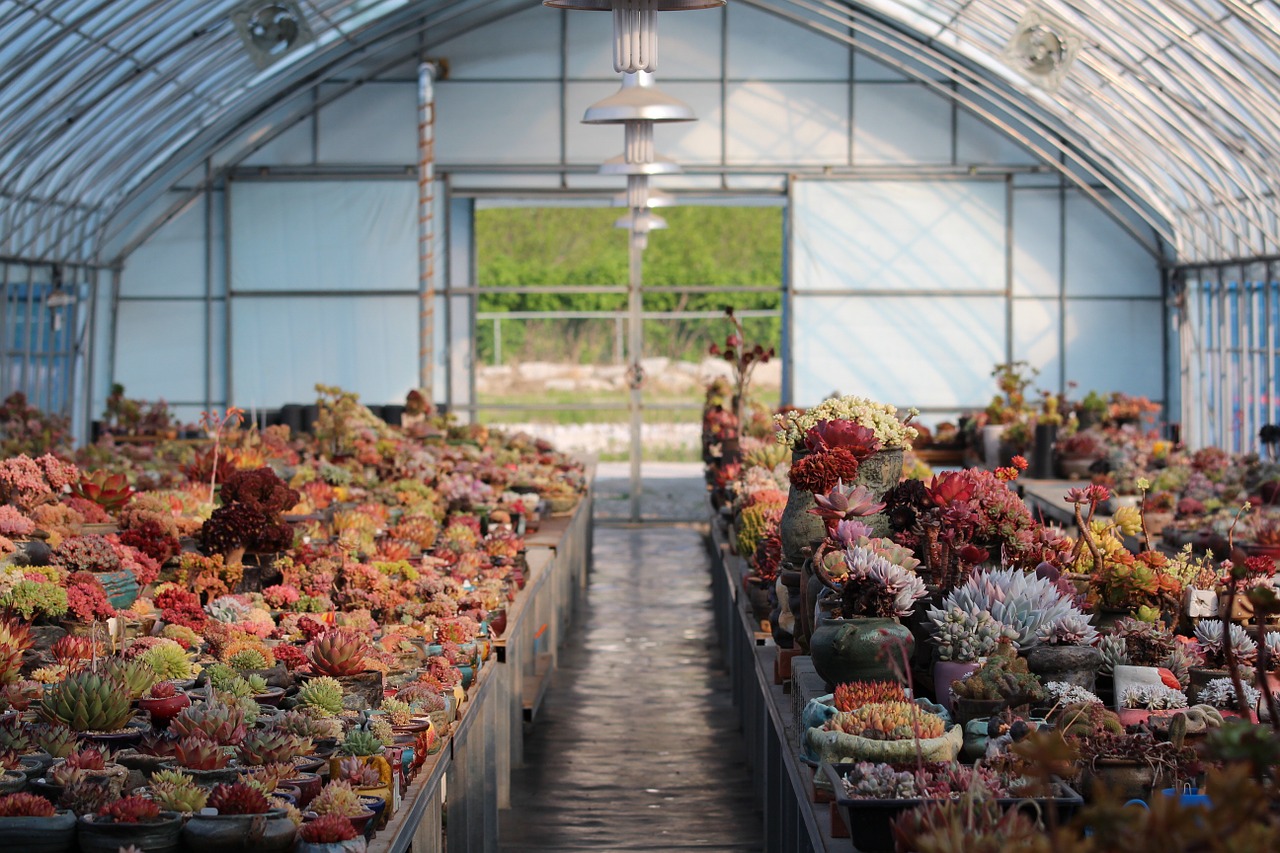
Overwintering
If you are a lucky enough to live somewhere that winters are mild and succulents’ thrive all year, then lucky you! You will likely have plenty of huge succulents around to enjoy. For the rest of us, there is an important distinction to learn about succulents in colder climates: hardy succulents need a cold period at some point in the year to thrive, and tender succulents will die if left in the cold.
Hardy succulents like Sedum and Sempervivum are wonderful in cold-climate gardens, particularly in containers. In the fall, move the containers under cover (but not indoors) and leave them alone for the winter. I put mine under a bench or deck next to the house so that they don’t get snowed on, but a greenhouse or cold frame would also work well. Next spring, pull the pots out and set them in the sun. They will be back to their former glory in no time!
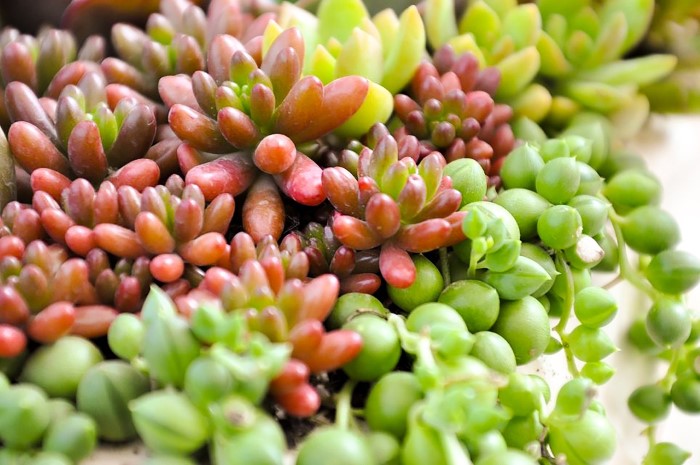
Tender succulents are best brought indoors for the winter. Try to find the sunniest location you can, water a bit more sparingly and remove any dead leaves as they dry up.
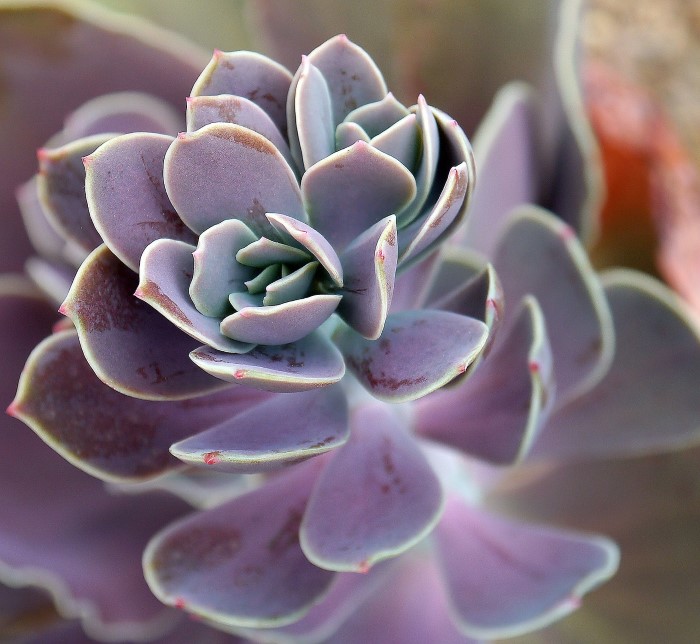
Tidying Up Succulents (Pruning)
These pretty plants can look like they have taken a beating over the winter, whether they braved it outside or inside. Hardy succulents will need the brown outer leaves removed and the soil refreshed (see more on dividing hardy succulents). Tender succulents can probably use replanting as they likely got leggy searching for light indoors (see more on transplanting tender succulents).
Now that you have the basics, check out some of these creative succulent projects to make:

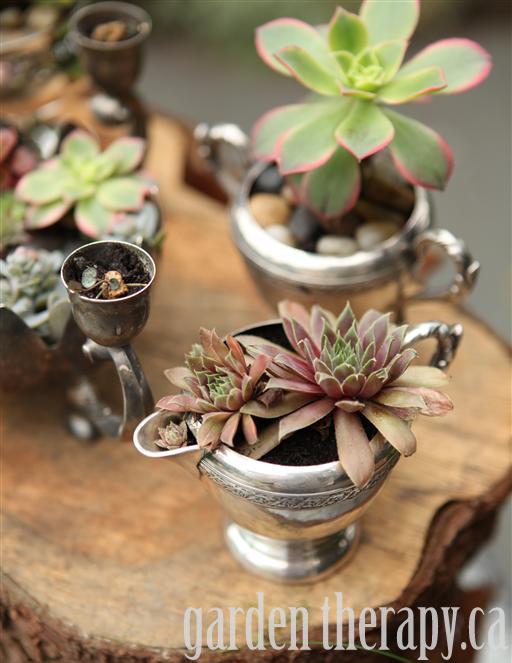
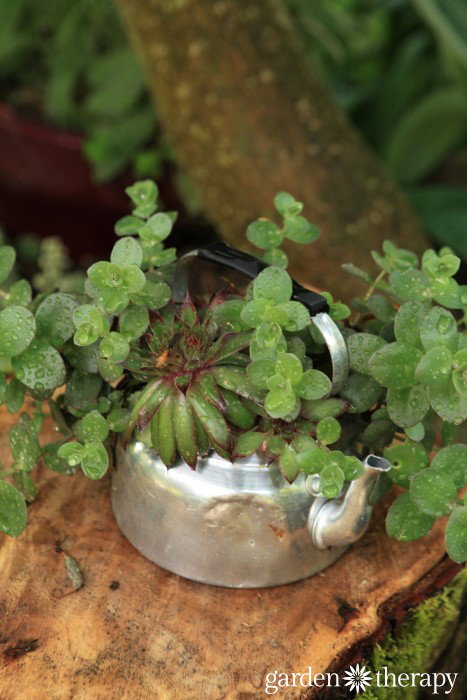
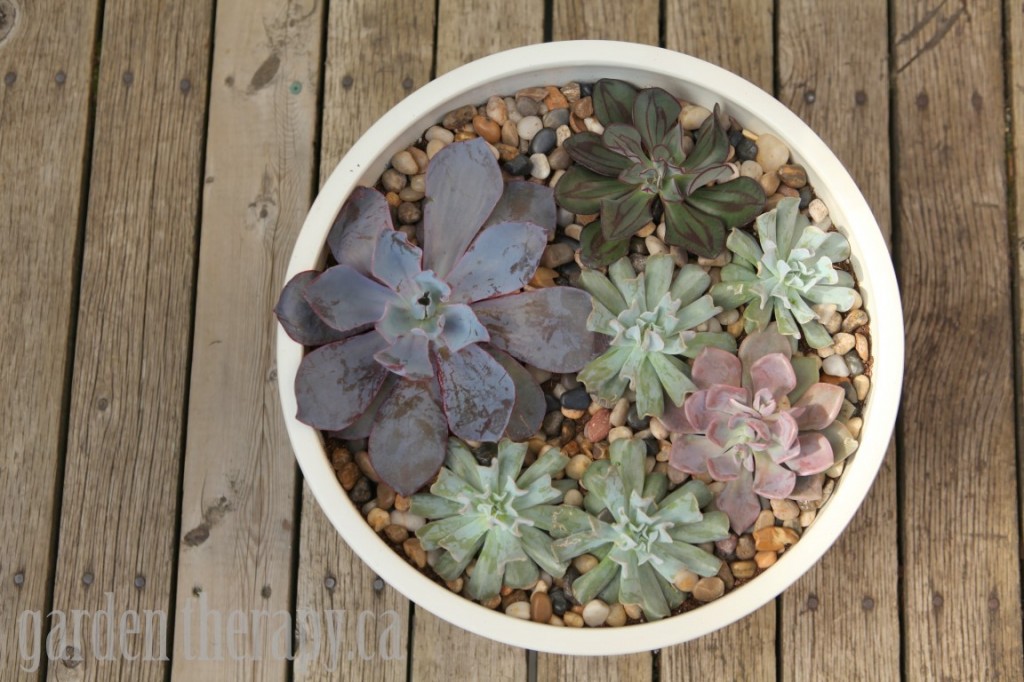
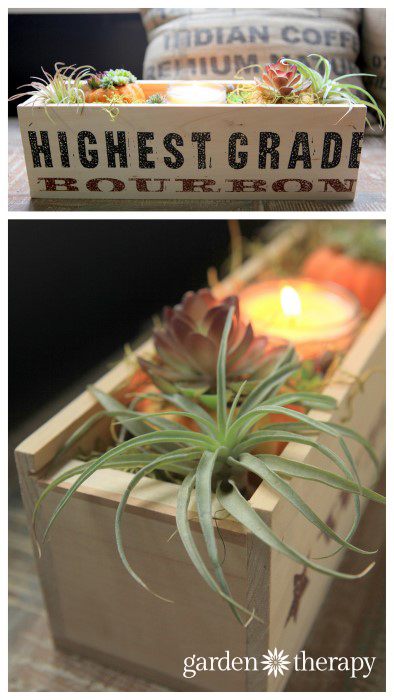
Save
Original article and pictures take gardentherapy.ca site
Комментариев нет:
Отправить комментарий